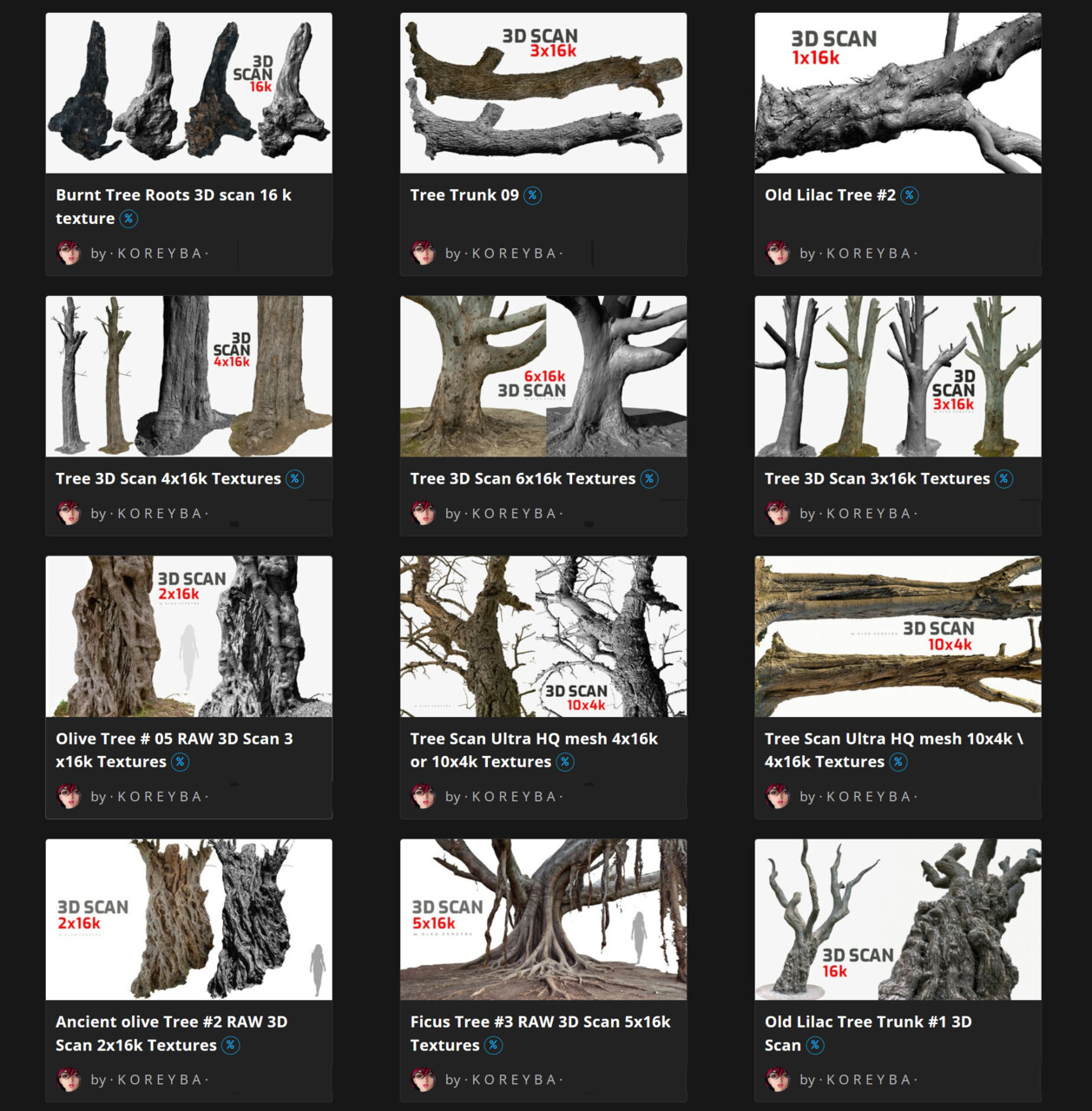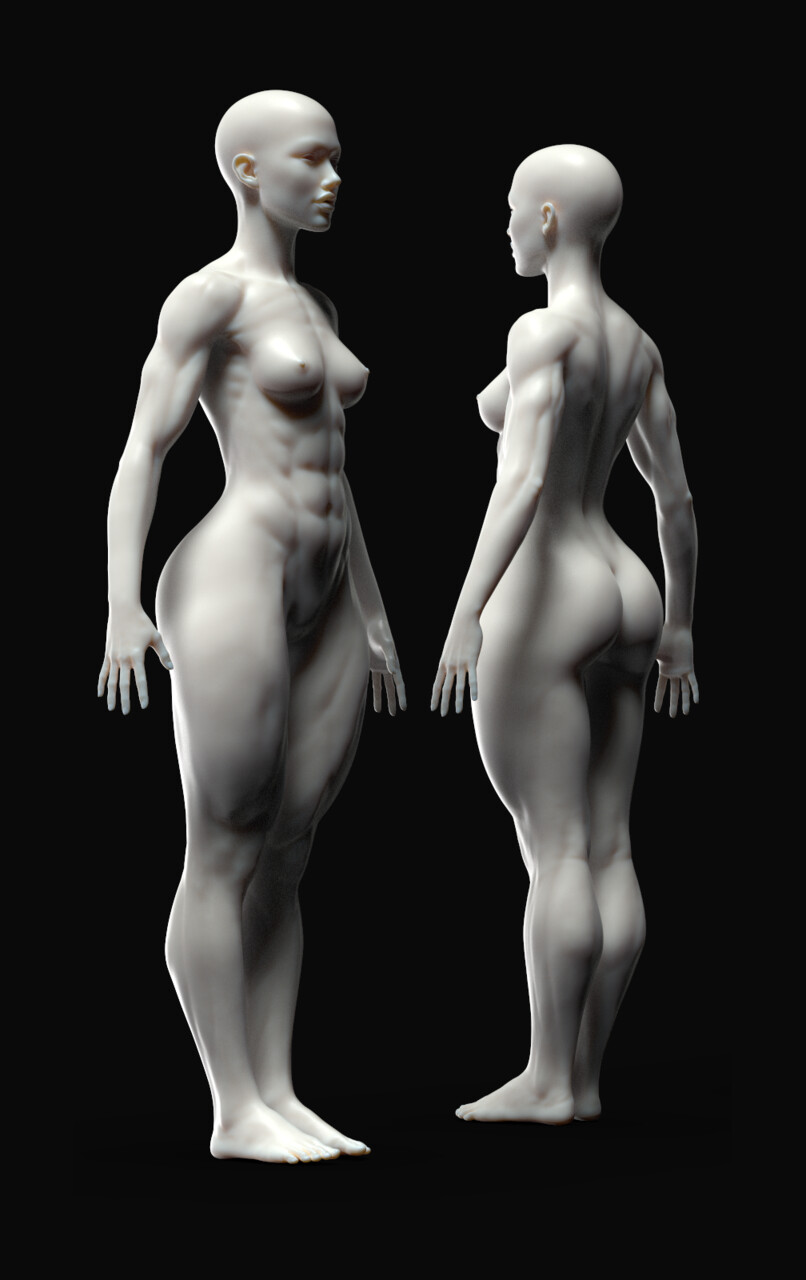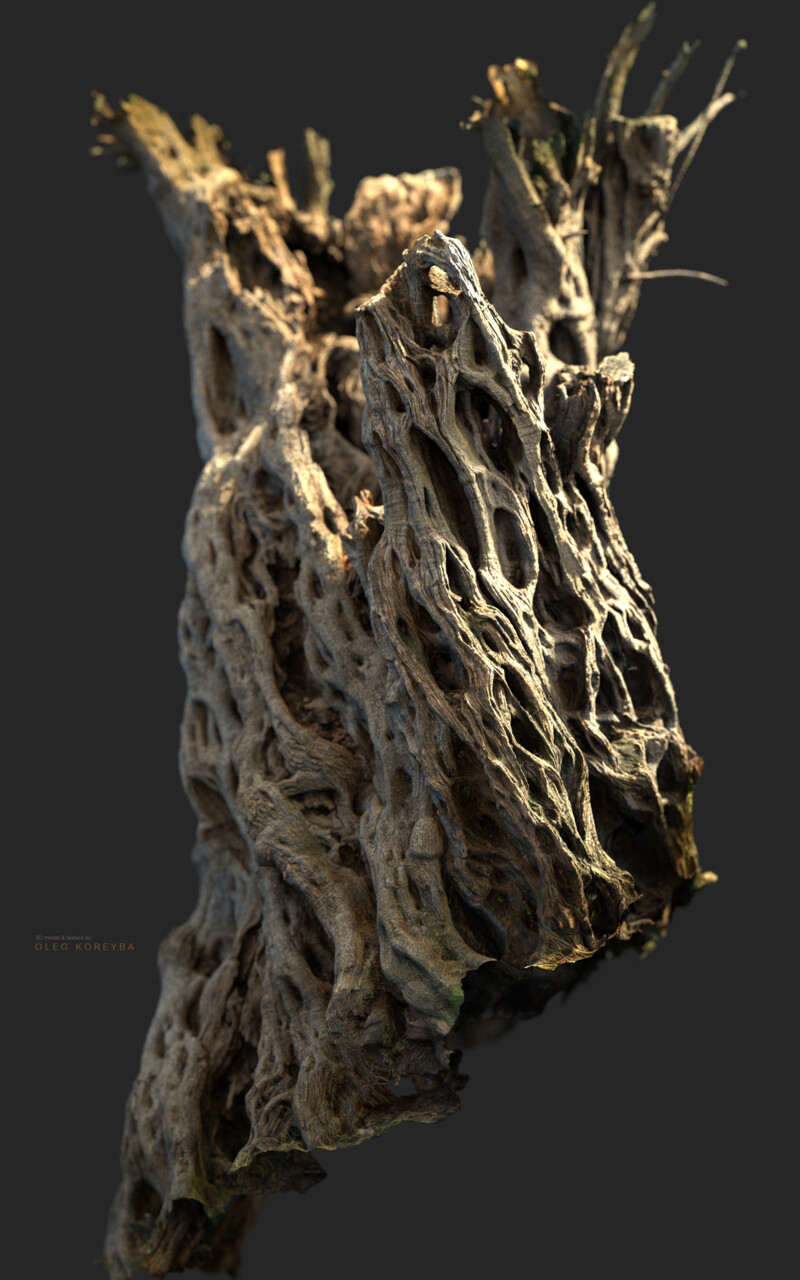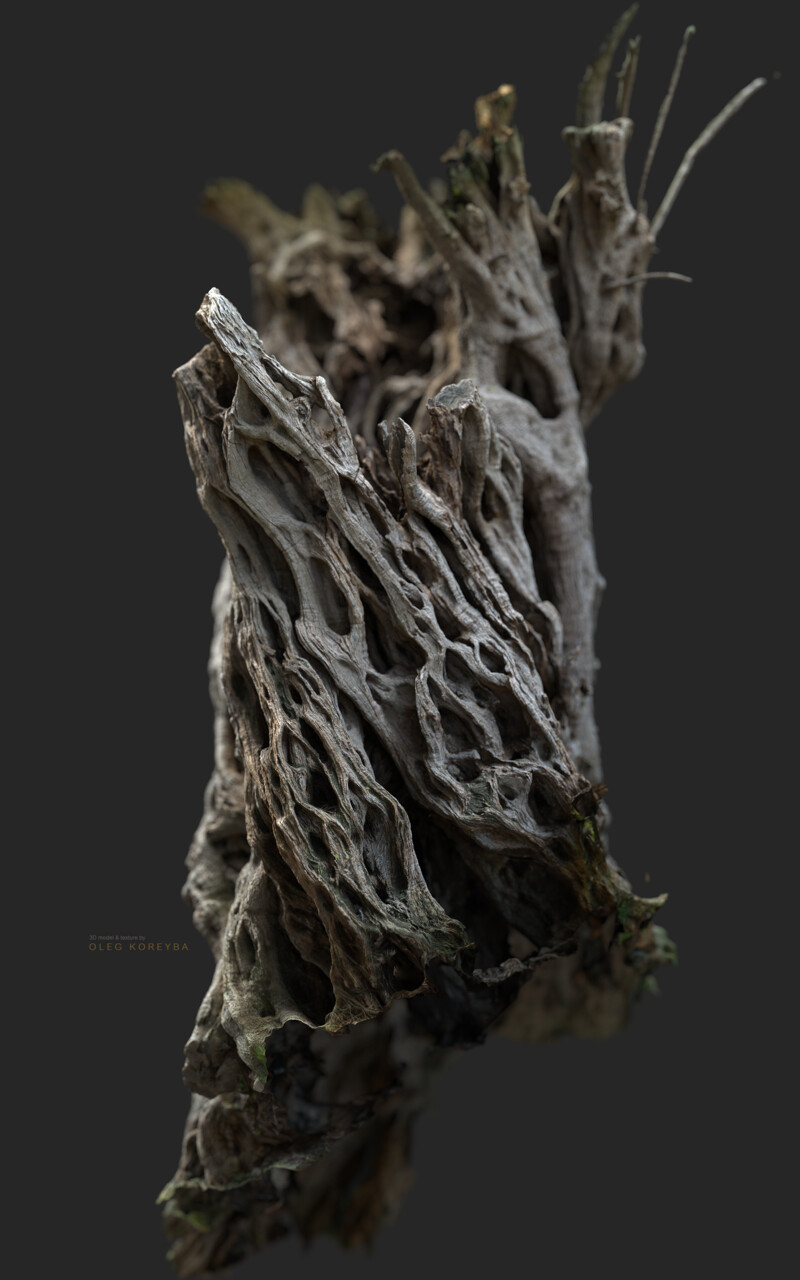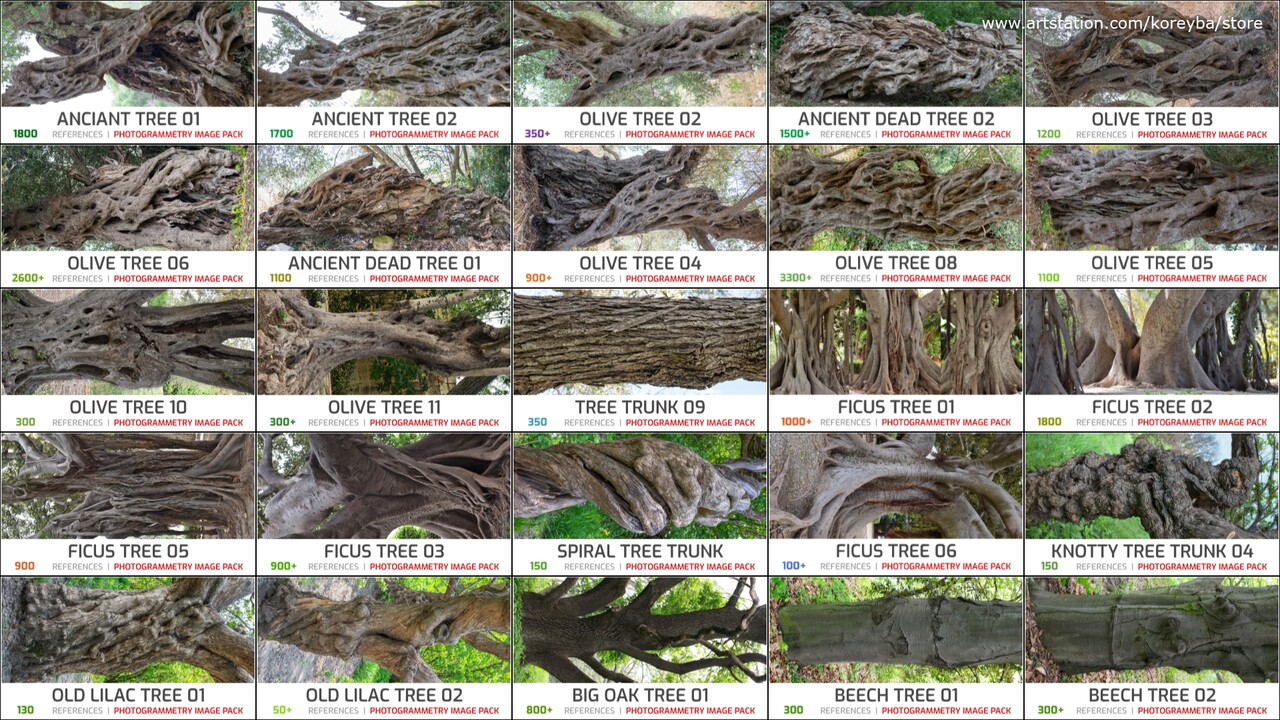
Raising Character and Facial Realism in the Metro Series
When I joined 4A Games as a Character Artist, the environmental design was already impressive, but character quality had room for significant improvement. My goal was clear:
✅ Bring organic assets (faces, hands, skin, eyes) to a global AAA standard
✅ Improve realism, expressiveness, and material response
✅ Overcome engine limitations and optimization challenges
One of the biggest milestones in this journey was the transformation of the eye system, but that was only part of a much larger initiative to elevate the entire organic character pipeline.
1. The Eyes – A Key to Expressiveness
"The face is the mirror of the soul, and the eyes are its gateway."
Characters in games can have the most detailed outfits, but if their faces and eyes lack realism, players immediately notice something is off. Unlike clothing or weapons, humans instinctively focus on faces and eyes first, making them the most critical elements in a realistic experience.
Challenges with the Previous Eye System
The original Metro series eye system used a simple sphere inserted into the head, which:
❌ Lacked natural depth and refraction
❌ Had hard shading transitions, breaking realism
❌ Did not account for wetness, reflections, or light diffusion
Innovations in Metro Exodus
I developed a new layered mesh system with procedural shading effects to create the illusion of organic transitions:
✅ Multi-layered shader with corneal reflections and refraction
✅ Transitional meshes between the eye and eyelid (blending shadows and reflections)
✅ Tear line and water film simulation
✅ Dynamic response to light and environment
This was one of the most complex shaders in the game, requiring tight collaboration with programmers, shader engineers, and animators.
Enhancing Realism Through Micro Eye Movements
In addition to the shader and visual improvements, I also proposed and directed the addition of micro eye movements to improve character expressiveness. These subtle animations simulate how real eyes move when:
- A character is thinking
- Switching focus between different parts of the face of their conversation partner
- Observing a group of people in a conversation
This small but crucial detail made our characters feel even more alive and reactive in interactions, reducing the “static stare” effect commonly seen in games.
2. Enhancing the Entire Facial and Organic System
While the eyes were a critical step, I was committed to improving the entire character pipeline, including:
A. High-Resolution UV and Texture Optimization
The original face UV layout was inefficient, sharing space with hands, arms, and empty texture regions. This led to:
❌ Loss of detail where it mattered most
❌ Blurry pores and skin imperfections
To fix this, I redesigned the UV layout to:
✅ Prioritize face resolution while maintaining the same texture size
✅ Increase texture density up to 5-6x for faces
✅ Ensure critical areas like lips, eyelids, and wrinkles had max fidelity
B. Overcoming Scanning Limitations with a Custom Workflow
Unlike large AAA studios, 4A Games at the time did not have a professional scan rig. Instead, I had to:
🔹 Manually scan heads and hands using a single camera, moving around the subject
🔹 Deal with breathing & motion artifacts during scans
🔹 Perform extensive cleanup to restore accurate anatomy
Despite these constraints, the results surpassed expectations, pushing character realism to a new level.
Eventually, after Embracer Group acquired 4A Games, the company invested in a high-end scan rig, which was later used for Metro 4.
3. Pushing the Limits of Real-Time Skin Shading
Real-time skin shading in any game engine is a constant battle between:
🔹 Visual quality
🔹 Optimization & performance
🔹 Engine limitations
Challenges We Faced
❌ SSS (Subsurface Scattering) was too basic, lacking realistic light penetration
❌ Textures suffered from compression artifacts, losing fine detail
❌ Wrinkles and pores became blurred in final game exports
Solutions & Advancements
✅ Developed a new SSS shading model, enhancing skin translucency
✅ Created custom high-frequency detail maps to preserve pore structure
✅ Reinforce details before compression
These improvements ensured that skin responded naturally to different lighting conditions, preventing the "waxy" look seen in many real-time engines.
4. Collaboration with Programmers & Pipeline Optimization
Many of these advancements required close work with 4A’s tech team. My role extended beyond pure art, involving:
🔹 Defining shader requirements for programmers
🔹 Extensive bug testing & reports to optimize skin rendering
🔹 Technical documentation to streamline workflows for future projects
I strongly believe that artists and engineers must work together to overcome engine limitations, which is exactly what we achieved in Metro Exodus.
5. Contributions Beyond Metro Exodus
My impact on the Metro series extended far beyond Exodus, with direct contributions to:
✅ Metro Exodus DLCs ("DLC1" & "DLC2") – High-detail character modeling & shader work
✅ Metro 4 – Foundational improvements used in the new generation of assets
✅ Knowledge-sharing & documentation for future character artists at 4A
These advancements not only improved Metro's characters but also set a benchmark for organic modeling in real-time game engines.
Collaboration & Responsibilities
Creating the new real-time eye system in Metro Exodus was a highly collaborative effort. My role focused on the visual and artistic side, while my programming colleague handled the technical and shader implementation.
✔ My responsibilities:
- Conducting research on real-time eye rendering techniques and organic transitions
- Developing meshes and textures to ensure realism in both static and animated states
- Approving and refining the final visual look of the eyes in different lighting and movement scenarios
- Identifying key areas for improvement, from shading adjustments to transition refinements
✔ Programmer’s responsibilities:
- Implementing all shader coding and technical aspects of the eye system
- Optimizing the real-time rendering performance within 4A Engine
- Ensuring proper shader interactions with lighting and reflections
A huge thanks to my programming colleague Skynet (Yuriy Sashchuk) for the collaboration and technical expertise that made this system possible!
On the left: Previous character look before improvements.
On the right: Enhanced version after my/our contributions.
Both renders were captured inside the game engine used in the Metro series.
Conclusion – Why Organic Character Work Matters
"Players may not always notice high-detail clothing, but they always notice a character’s face and eyes."
My passion has always been pushing organic realism, and Metro Exodus was an incredible opportunity to do that. The challenges were immense, but the results transformed the perception of characters in the Metro universe.
🚀 If you’re working on a project that demands high-quality organic modeling and real-time shading solutions, let’s connect!
🔗 See more of my work & services here:
https://www.artstation.com/koreyba
https://koreyba.art/pages/home




